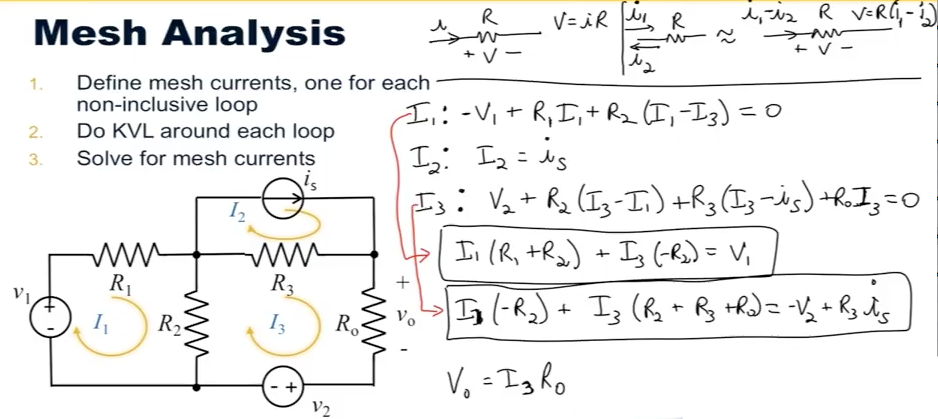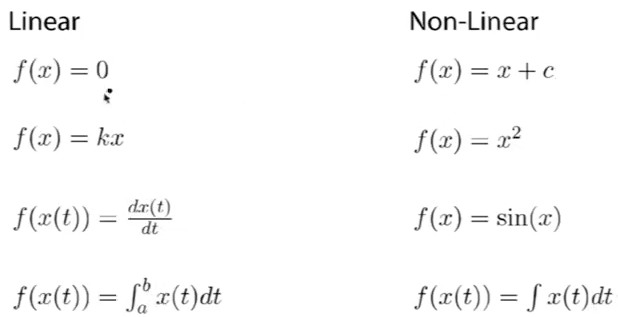SOTA Activation Report: W4G/NG-021, Buzzard Knob and W4G/NG-032 Little Bald Knob
Trip of 2013.09.07
- Succeeded: Yes
- First-activation: No
- Propagation forecast on departure: 40=fair, 20=good, 17=fair, S/N=1-2, K=2, A=5
- Propagation forecast on return: 40=fair, 20=good, 17=fair, S/N=0-1, K=1, A=4
See my trip planning guide at: SOTA Guide: W4G/NG-021, Buzzard Knob or SOTA Guide: W4G/NG-032, Little Bald Knob
Commentary:
It was N.A. SOTA weekend 2013 and the weather held true to the forecast - 0% chance of rain. Buzzard Knob and Little Bald Knob are on a section of the Appalachian Trail just south of Hightower Bald (the toughest summit in Georgia, IMHO).
The AT is a pleasant walk. The bushwhacks from the trail to the summits were tough with the foliage in full greenery - particularly Little Bald Knob. I ‘ate’ a lot of cobwebs while bushwhacking! =:-o The next time I activate these summits will be in winter. Dense greenery on both summits made erecting my antenna a challenge. Summer activations of these summits is a good use case for an AlexLoop!
It wasn’t a major contest weekend, but Illinois Parks on the Air and Ohio Parks on the Air were almost wall-to-wall on 40 meters.
20 meters was virtually noise free at about noon. By 4:30 it was picking up some lighting noise from somewhere in the country. The mosquitos were out in full force at 4:30 too.
Unusual events:
I saw a large owl on the trail and a tiny hummingbird in the parking lot. I encountered a male backpacker hiking in a forest-style kilt (i.e. not tartan).
While bushwhacking back to the trail from Buzzard, I heard something moving. When I called “Hello,” someone answered (so I knew it wasn’t a bear). I asked him to say, “Hello,” again and I navigated toward the sound. I’d have reached the trail in a bit, but navigating by sound helped me chart a shortcut back to the trail.
My VX-8GR APRS radio battery died just before I returned to the car. Looks like it is good for 4.5 to 5 hours of actual beaconing. This was the standard-capacity battery. Sadly, no beacons were picked up at any point along the trail, nor was I able to send an APRS text message from the trail.
=====
Trip of 2014.01.12
- Succeeded: Yes
- First-activation: No
See my trip planning guide at: SOTA Guide: W4G/NG-021, Buzzard Knob or SOTA Guide: W4G/NG-032, Little Bald Knob
This was my second trip to Buzzard Knob and Little Bald Knob. Although the trail passes near both summits, there are significant bushwhacks from the trail to each summit. The bushwhack was easier in January (this trip) than in September (last trip). Georgia bushwhacks are easier when the vegetation has died off (assuming it hasn’t snowed recently).
It was a beautiful winter’s day in north Georgia – temperature ranged from 35 up to about 45, with a cloudless sky and about a 10 MPH wind. I encountered no one on the trail.
There was a good turn-out of chasers on both summits. On Buzzard, I didn’t manage the pile-up so well on 20m. Perhaps because of this, many chasers I normally talk with on 20 showed up on 40. On 40m, I use a 1/4 wave with a single radial, so I’m pleased with any contacts I can make. I had contacts with KB1RJC and KB1RJD in New Hampshire and K0LAF in Missouri, which is better than I can usually manage on 40.
On the hike in, I lost a fight with some trees. There was a small branch across the trail. I figured, “I don’t want to have to deal with this on the way out, when I’ll be tired,” so I grabbed it and tossed it off the trail. But I didn’t pay enough attention and I tossed it into some trees and it bounced right back into my face.
After cursing a bit, I notice a bright read stream of blood. I’m thinking, “Oh great. Not yet 300 yards from the car and I’m going to have to call the trip off due to a stupid injury.” A little patience and a big wad of TP stopped the bleeding.
Next time, I’m gently placing any branches I remove, rather than haphazardly flinging them!
For some reason, this double-header felt more strenuous than my recent double-header to Double Spring Knob and Round Top. I’m thinking, “Two hills means two hikes up and two hikes down. Why am I so darn tired?” Then I had an astute perception of the obvious. When you park between two hills, it is up and down and up and down. But when you park at the end of a trail with two hills on it, it’s up and down hill 1 and up and down hill 2, and then you have to go up and down hill 1 again in order to get back to the parking lot. Duh! (Subtitle this trip, “Maps are flat and the terrain isn’t.”





